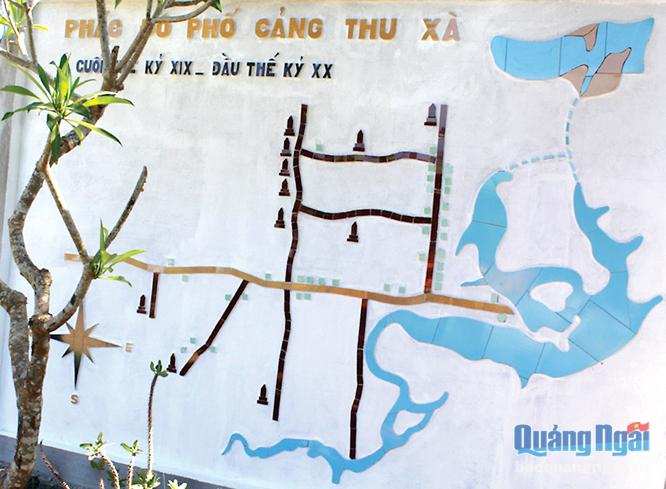THU XA

After being demolished by the US Army in 1972, from 1975, Thu Xa’s citizent returned to the old land to rebuild the village. Thu Xa was remembered by the villagers clearly, and the image of ancient Thu Xa street as well as Thu Xa’s cultural – historical tradition that become pride in every citizen.
Village elders talk about the ancient Thu Xa village in their memory with a passison of pride. According to the story, by the time of the French colonial rule, Thu Xa had changed, which was once an important socio-economic development place, the French colonialists built here many places of departure to govern: state governor, soldier station , post office, hospital, school,. .. and become a rapidly socio-economic center of Quang Ngai. Thu Xa Primary school, built before World War I, has raised many intellectuals from villages such as poet Bich Khe, Professor Le Hoai Nam, and Dr. Nguyen Van Tai, Vietnamese military generals like Tran Tien Cung and Phan Duong, … and they contributed to the revolutionary tradition of the Fatherland – Nghia Hoa commune.
Coming to Thu Xa today, travellers often visit Ong Pagoda (Quan Thanh Tu). This is a pagoda that retains its original architectural features, a blend of Chinese and Vietnamese architecture. The pagoda was built in 1821 by “four states of Minh Huong” (including Fujian, Zhaozhou, Hainan and Guangdong). The pagoda has triangular architecture, including three connected buildings: the front hall, the main hall and the harem. In the pagoda, they worshipe many statues of Tuong Cong, Chu Thuong, Quan Binh, Buddha Bà Quan Âm, and Thiên Hậu and Kim Đẩu. The highlight of Ong Pagoda is the sophisticated and lively wood carving and decoration art. It was a embossing technique, punctured on surface of dividers, worship rooms, pillars, timbers. The interior decoration theme of Ong Pagoda is quite a plentiful and valuable material, it is the vines motifs of plants, four sacred animals, eight treasures, pearl struggle of two dragons, apricot flowers, chrysanthemums. The most unique feature is the four pillars embossed dragon shaped in the Front Hall with fire clouds and chrysanthemum carved under the surface. Although devastated by the war but also Thu Xa still retains some unique cultural.
The Ong pagoda was ranked National Monument by the Ministry of Culture, Sports and Tourism – typical of the Chinese – Vietnamese architectural art that exists in Quang Ngai.
Besides, Thu Xa has many religions that are distributed intertwined. If the beliefs of Chinese people at Thu Xa are temples worshiping Quan Thanh and Thien Hau… worshiped at Ong pagoda, Hai Nam pagoda and Quang Chau pagoda (these two temples have moved to Quang Ngai City), then the beliefs of Vietnamese people here worship the Cá Ông (the Shrine to worship the fish has been destroyed, only the old historical relic remains, people calling this area is Gò Lăng), worshiping Thien Yana and some relics Vietnamese village. This makes Thu Xa has a unique cultural nuance, flexible receiving and interference between two Vietnamese – Chinese cultures. The most obvious manifestation is through the architecture and religious beliefs in temples and the economic activities of Thu Xa traditional
In addition, Thu Xa’s famous traditional handicrafts such as making mirror candy, mat weaving, making votive paper, making pharmacy, etc., are interested and facilitated by local authorities, contributing to ensuring the lives of people in Thu Xa village. In particular, the reconstructed Ong – Thu Xa temple festival contributed a part to the traditional culture of Thu Xa village.
